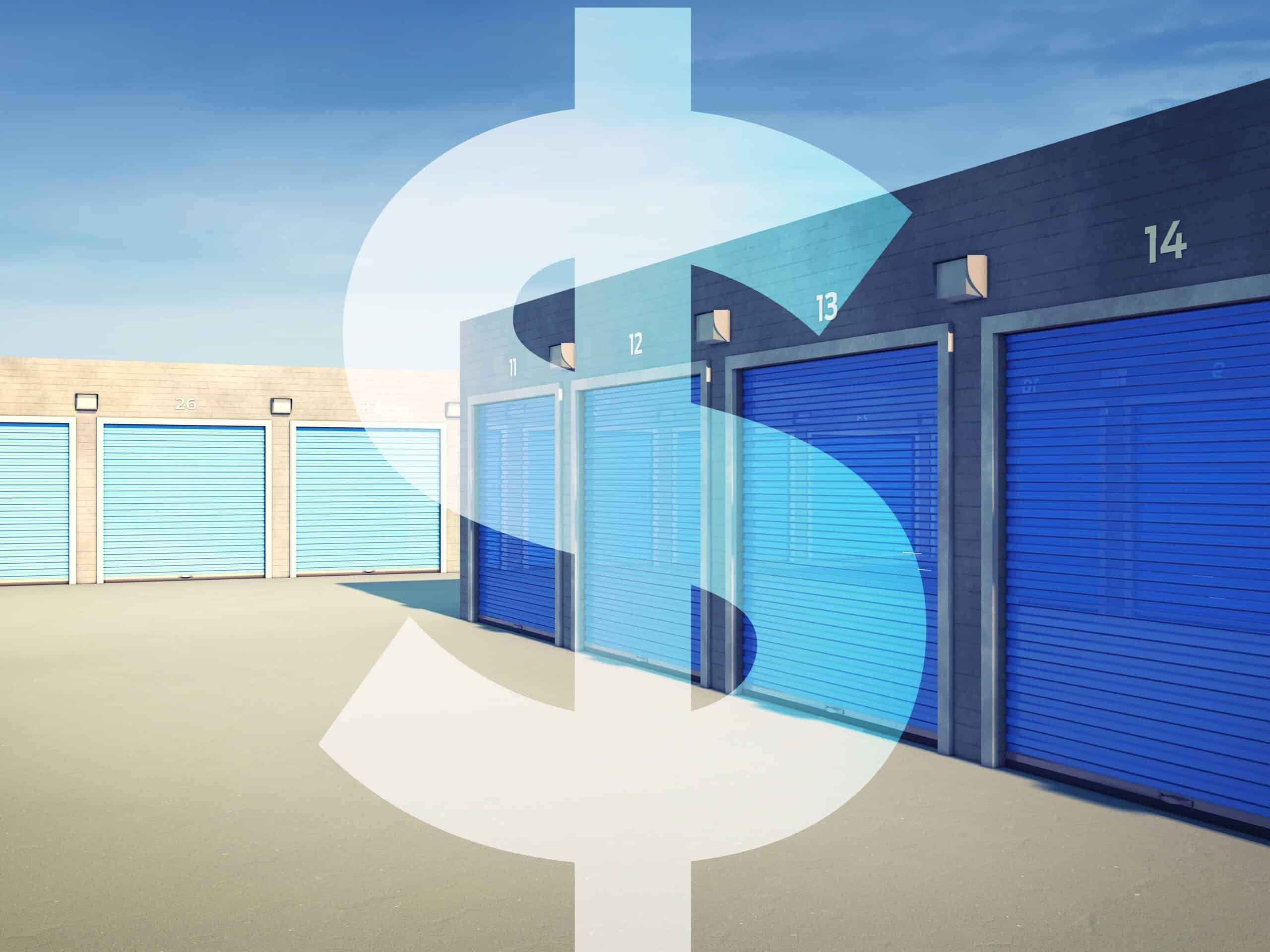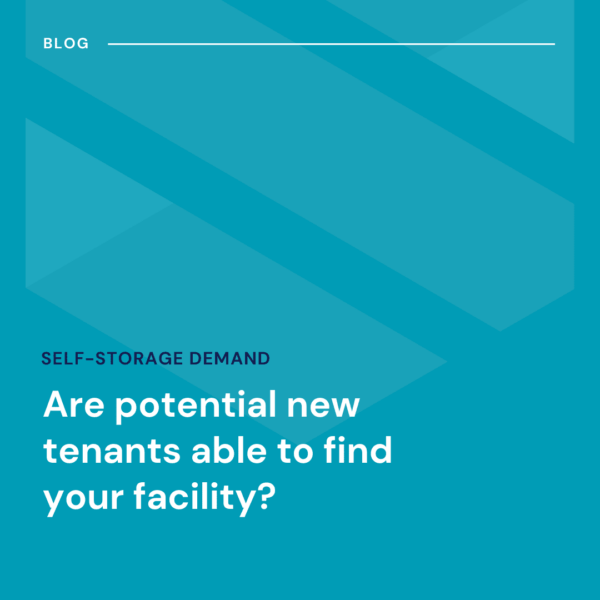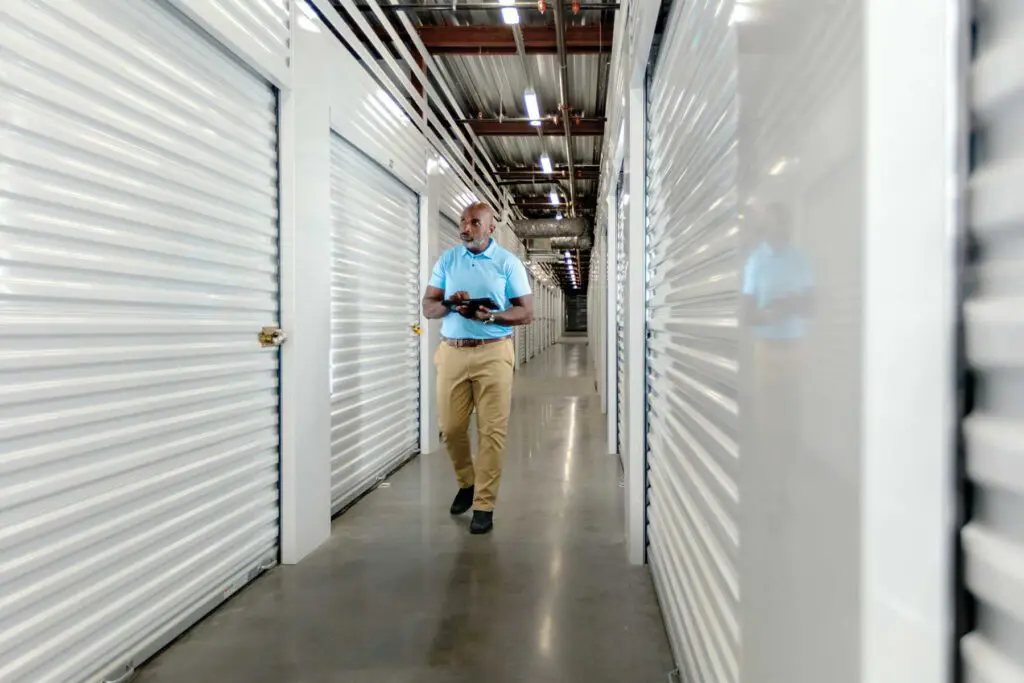
How did the self-storage industry fare in January?
Let’s just say when they said “winter is coming”, well, this is it. Winter is here.
Average rates are at their lowest point since before the pandemic. The shift from 2022 to 2023 marked the steepest year-over-year tumble in self-storage rates in more than a decade.
The average self-storage rent for all unit sizes was $84.90 in January 2024. That is a 14.4% decline from the same month a year ago.
Ready for some good news? Spring is around the corner. Given the record-setting boom and bust in prices the industry has experienced over the last couple of years, the industry is likely to return to a more stable and historically typical pattern of seasonality as it heads into 2024.
Price growth pacing ahead
One sign that average rental rate growth will improve in 2024 is the current month-to-month trend. The average price actually went up from December 2023 to January 2024, increasing by half a percentage point. While only a slight improvement, contrast that to the change from December 2022 to January 2023 when average rates fell -0.9%.
In 2023, average rates grew weakly through the spring, even falling from January to February and from March to April. Rates peaked in June last year, rising at an average pace of 0.72% a month from January. That means to outpace last year’s spring leasing season, operators will need to raise the current average monthly rate to above $88 in June. Such a target seems certainly achievable given the current market dynamics.
What about occupancy?
Like prices, average occupancy for the self-storage industry is at its lowest point since the start of the pandemic. Overall industry occupancy at stabilized facilities stood at 84.2% in January 2024 based on Storable data. That is down about 3.6% compared to the previous year.
However, comparing current month-to-month trends to last year’s, you can see that the rate of occupancy decline is slowing down. Compare the last six months with the same period a year ago:
-
From July 2023 to January 2024, the average occupancy rate dropped -3.9%
-
From July 2022 to January 2023, the average occupancy rate dropped by -4.3%
Another positive signal for stronger occupancy growth this spring compared to last is the move in to move out ratio. Last month 1.08 storage tenants moved in for every one that moved out, an increase of 3% compared to last year at this time.
Dreaming of spring
In short, current trends appear to set the self-storage industry up for a better leasing season this year compared to last. On a macroeconomic level, the storage industry has a few trends going for it as it heads towards spring. The Federal Reserve is expected to cut rates three times this year, which could help unlock the stagnant market for new home sales and stimulate moving demand for self-storage operators. Expanding payrolls and rising wages could further stimulate mobility and the need for self-storage from both individuals and small businesses.
However, the hopeful economic picture remains on precarious footing, with the New York Federal Reserve projecting a 61.75% chance the U.S. will be in a recession 12-months from now based on the current negative spread between long-term and short-term treasury notes. As storage fundamentals improve, operators should remain vigilant against unexpected shocks and continue to keep a watchful eye on improving overall efficiency. This approach will also help operators maximize the impact of the spring leasing season even if shifts in demand are modest.






